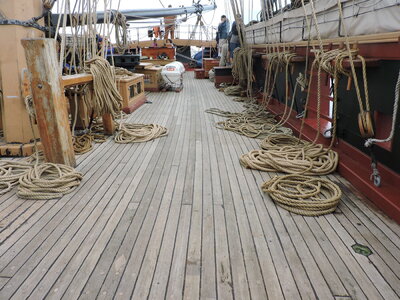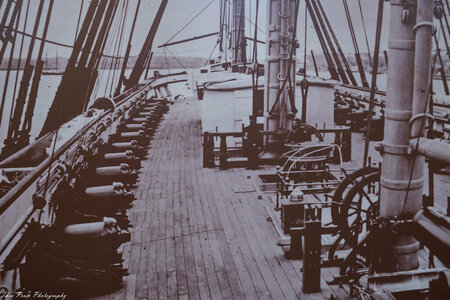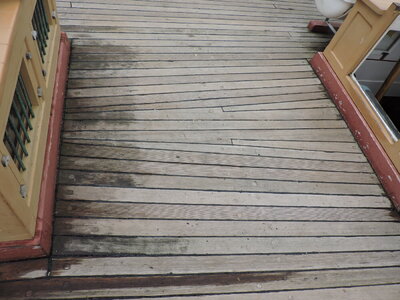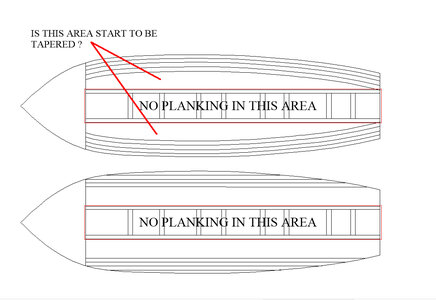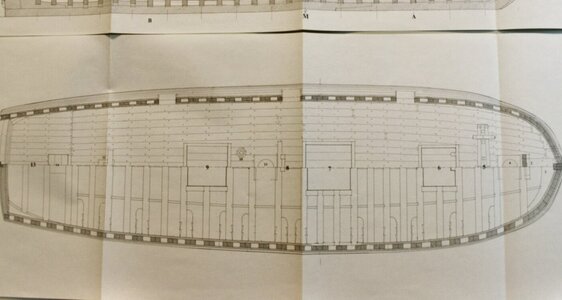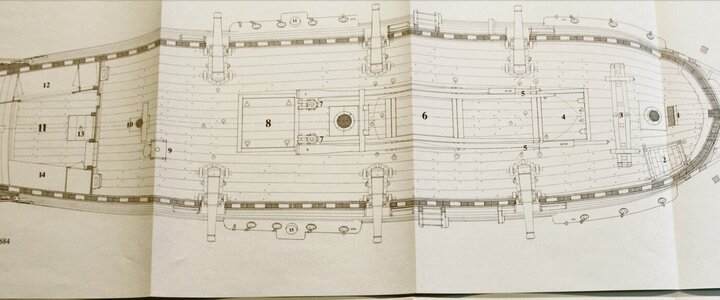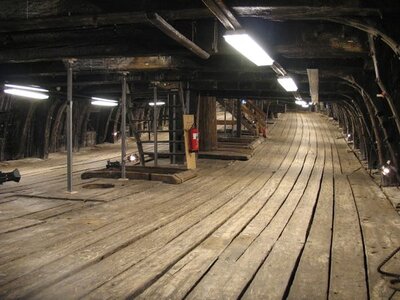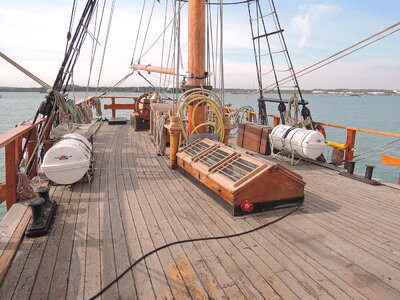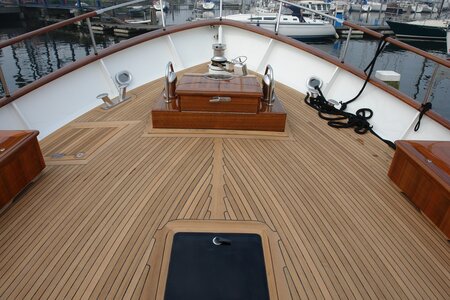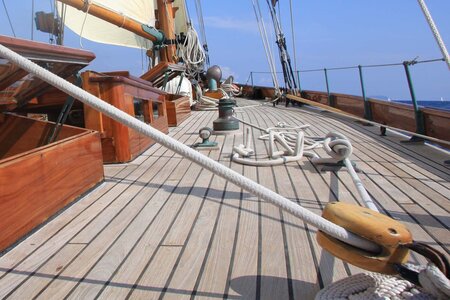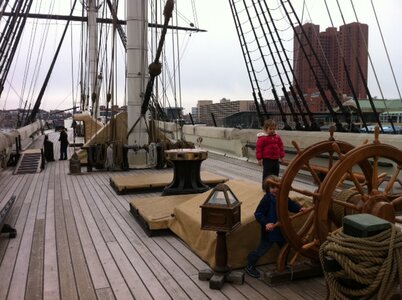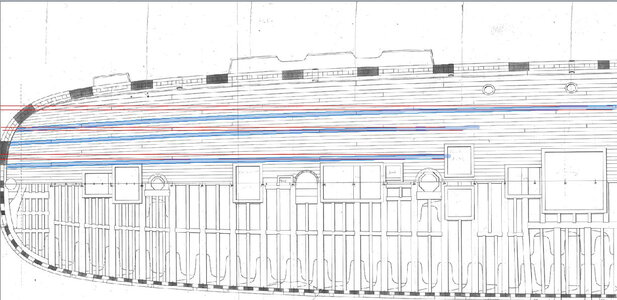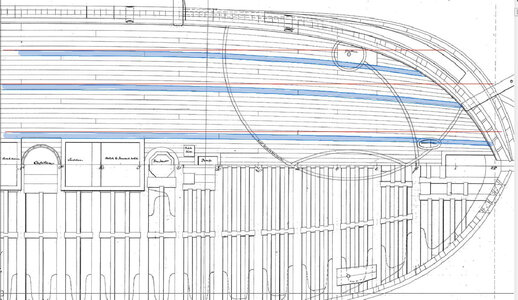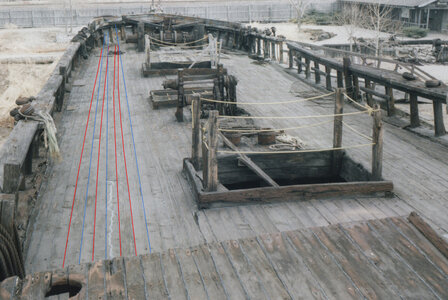I know this might open up a firestorm of opinions, but with my knowledge and exposure to techniques, I am wondering which of these methods should be used, OR does it matter, and the other, does it depend on the ship, period, country, etc.
I have seen both used and I do not know what to do. I have also seen NIBBING on the edges too, but I am leaving that out of this example and just showing the MAIN techniques. There might be other ways of doing that I might be unfamiliar with.
When I first started building ships, this process never even crossed my mind until now. I have a neighbor that lives very close to me that is building the Le Fureon and his Deck planking is all curved. I have been watching Kudin Le Fureon and his decking is curved as well.
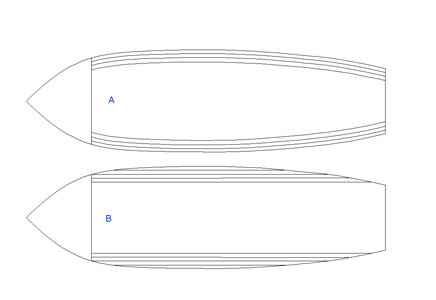
I have seen both used and I do not know what to do. I have also seen NIBBING on the edges too, but I am leaving that out of this example and just showing the MAIN techniques. There might be other ways of doing that I might be unfamiliar with.
When I first started building ships, this process never even crossed my mind until now. I have a neighbor that lives very close to me that is building the Le Fureon and his Deck planking is all curved. I have been watching Kudin Le Fureon and his decking is curved as well.



